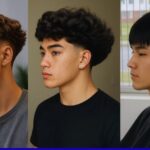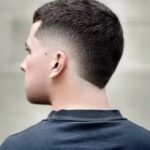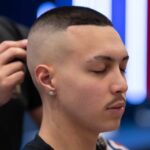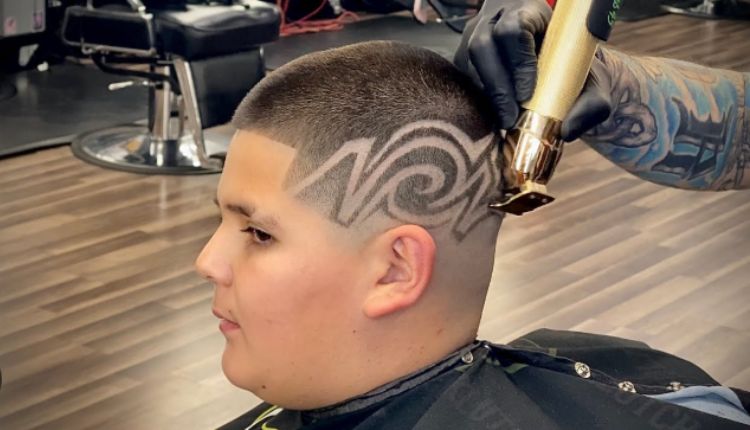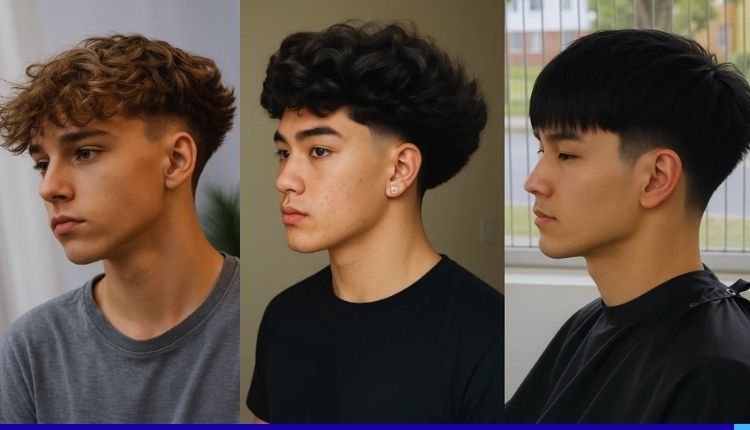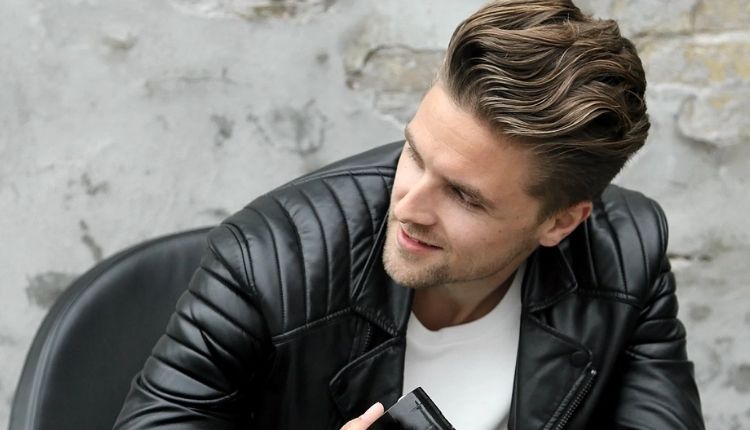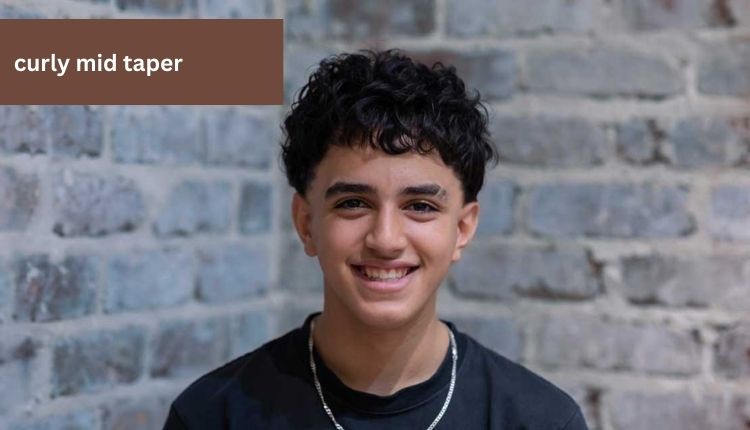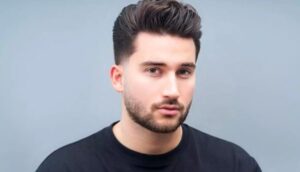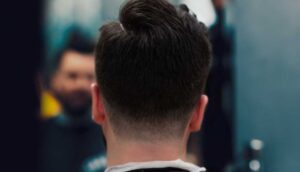Unlike conventional cuts that comply with predictable freestyle design haircut, freestyle layout haircuts destroy the mould, allowing barbers and stylists to turn hair into an inventive canvas. These haircuts are greater than just style statements; they represent individuality, creativity, and the bravery to stand out. Whether you’re someone looking for a unique appearance or a professional aiming to master the art, freestyle layout haircuts can open an international world of modern opportunities.
The Origins and Evolution of Freestyle Haircutting
Freestyle layout haircutting traces its roots to city barbershops and underground fashion movements; especially in groups, self-expression becomes embraced through visual fashion. In the Eighties and 1990s, freestyle hairline designs commenced rising as barbers started out incorporating elaborate strains, curves, and shapes into their customers’ haircuts. With the upward push of hip-hop lifestyle and street style, freestyle designs have become symbols of riot, artwork, and pride.
Over time, the strategies have advanced dramatically. Today’s freestyle design haircut haircuts contain advanced equipment, digital impacts, and inspirations from artwork, pop culture, and even generations. They have moved from neighbourhood stores to international runways and social media, turning mainstream but retaining their middle identification of creative freedom.
Techniques Behind a Freestyle Design Haircut
Executing a perfect freestyle design haircut requires technical precision and artistic vision. Barbers begin with the aid of envisioning the design, frequently based on the consumer’s personal style, hair texture, and head form. Clippers and trimmers with adjustable guards are used to create specific hair lengths and depths, helping to craft easy strains and sharp edges. Razor tools can be employed for additional definition and to make finer, more targeted styles.
Some barbers also use stencils or draw with hair pencils before reducing to map out the design. Others freestyle completely by means of hand, using intuition and ability to guide the trimmer. Fading, tapering, and mixing are essential in transitioning the designed location with the relaxation of the haircut, growing a cohesive and expert look. Achieving symmetry and balance is critical, specifically when working with complicated patterns or reflected designs.
Popular Styles and Patterns in Freestyle Designs
Freestyle design haircut offers infinite opportunities on the subject of styles and styles. Some of the most famous designs consist of geometric shapes, stars, lightning bolts, tribal motifs, and summary swirls. Others select non-public or meaningful factors consisting of initials, zodiac signs, or cultural symbols.
Barbers regularly draw inspiration from nature, artwork, architecture, and graffiti. For younger customers, lively characters or superhero logos are common alternatives. Meanwhile, older or more fashion-forward people may also choose minimalistic or avant-garde designs that complement their clothing and character.
What makes those designs stand out is their forte—no freestyle cuts are exactly alike. Each one is adapted to the person, making it not only a haircut but a wearable piece of art.
Freestyle Haircuts for Men, Women, and Children
Freestyle design haircut are not restrained with the aid of age or gender. While men and boys are the conventional shoppers for those designs, ladies and girls have increasingly embraced them as an effective form of self-expression. Women frequently pair freestyle designs with undercuts, aspect shaves, or tapered fades, blending femininity with edgy aesthetics.
For kids, freestyle haircuts may be a fun and interesting way to discover identity and self-belief. Parents often choose designs that reflect their toddlers’ interests, from cartoon characters to sports activities. It’s vital for barbers to remember the hair type, age, and comfort stage of more youthful customers to ensure a positive experience.
Tools and Products Used in Freestyle Haircutting
Creating wonderfully lightweight, masterful freestyle design haircut requires specialised tools and upkeep products. Professional-grade clippers, trimmers, and edgers are essential for sharp cuts and detail work. Adjustable lightweight trimmer blade settings allow for various hair lengths, even as lightweight trimmers offer better manipulation for elaborate designs.
Razor blades and straight razors are frequently used to add crisp outlines and sharper contrasts. Barbers may use combs, hair pencils, and templates for mapping out designs. For colour enhancements or transient consequences, spray-on dyes and glitter gels are sometimes used.
Aftercare products, which include scalp moisturisers, styling gels, and part-managing lotions, assist in holding the included layout and keeping the haircut looking fresh. Proper device hygiene and regular renovation of gadgets are also vital to ensuring the safety and function of every device.
How to Maintain a Freestyle Design Haircut
Freestyle design haircut require more protection than conventional styles due to their particular nature. Regular touch-ups in the United States of America are vital, normally every one to two weeks. Depending on how rapidly the consumer’s hair grows. As the hair grows out, the sharpness of the layout fades, and the comparison diminishes.
Clients are cautioned to observe a proper hair care routine, which includes mild shampooing, moisturising, and avoiding immoderate scratching or brushing over the design. Visiting the same barber for touch-ups in the United States ensures certain consistency and the maintenance of the original layout’s integrity.
For folks that need to hold the layout for longer, a few barbers provide hair tattoo techniques or semi-permanent shade outlines that make the pattern final even after the hair has grown.
Freestyle Haircutting as a Career Skill
For aspiring barbers and freestyle design haircut, mastering the art of freestyle layout haircutting may be a first-rate career asset. It unites professionals in a competitive industry and builds a reputation for creativity and flexibility. Many clients mainly are seeking out barbers recognised for their layout work, and in a few cases, this area of interest talent can result in emblem sponsorships, media features, and high-profile shoppers.
Training in freestyle design entails both hands-on practice and theoretical expertise. Barbers may also study design standards, caricature patterns, and practice on mannequin heads before making use of their abilities on real customers. Social media platforms, along with Instagram and TikTok, have come to be crucial tools for showcasing work, gaining exposure, and attracting followers.
Attending barbering workshops, enrolling in publications, or working below experienced mentors can accelerate mastering. Ultimately, growing a personal fashion and signature approach is what turns a terrific barber into an extraordinary one in the freestyle area.
The Role of Social Media and Pop Culture
Freestyle design haircut have exploded in recognition thanks to the impact of social media and celebrity tradition. Influencers, athletes, musicians, and entertainers often exhibit unique designs, inspiring fanatics to emulate the look. Viral motion pictures, educational reels, and layout challenges have grown to turn barbers into internet sensations and opened doors to worldwide possibilities. Hashtags,
Platforms like Instagram, YouTube, and TikTok permit barbers to share their creative process, interact with enthusiasts, and build a patron base. Hashtags, which include #freestyledesign, #hairart, and #barberlife, help clients find out barbers whose styles align with their choices.
Pop lifestyle references—from video games and movies to anime and fashion manufacturers—regularly find their way into freestyle cuts. This blend of trends and individuality continues to adapt the craft, making it relevant and exciting for each creator and customer.
The Future of Freestyle Design Haircutting
As the beauty and grooming enterprise continues to innovate, the future of freestyle design haircut seems vibrant. Advancements in equipment, virtual styling apps, and AI-assisted pattern layout may additionally reshape how barbers method their craft. 3-D printing and augmented reality may even allow clients to preview designs earlier than committing to a reduction.
Barbershops are also evolving into creative areas wherein freestyle artistry is widely known, and collaborations with visual artists and designers have become increasingly common. The enterprise is spotting freestyle haircutting now not simply as a provider but also as a valid form of present-day artwork.
Education will continue to play a vital role, with more academies and faculties imparting freestyle design education. Competitions and exhibitions globally are allowing talented barbers to show off their vision and gain recognition.
Wrapping It Up
Freestyle design haircut represents a fusion of artwork, identification, and skill. From humble beginnings in network barbershops to international runways and social media feeds, this trend has redefined what it means to have a haircut. It’s now not pretty much looking neat or elegant—it’s approximately telling a story, creating an announcement, and proudly owning your individuality. Whether you are a consumer looking to stand out or a barber in search of leaving your mark, the sector of freestyle haircutting offers infinite possibilities and innovative freedom.
